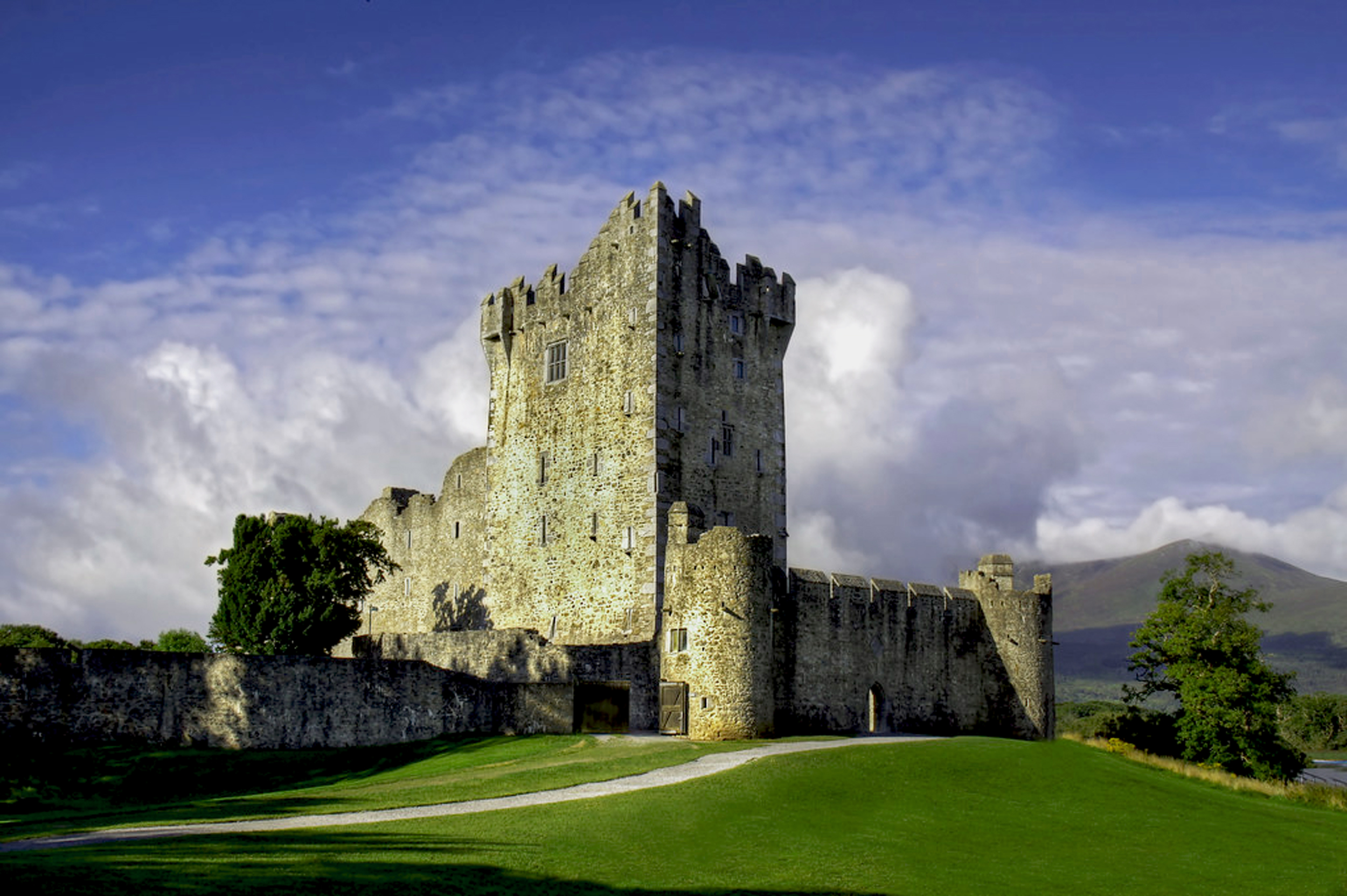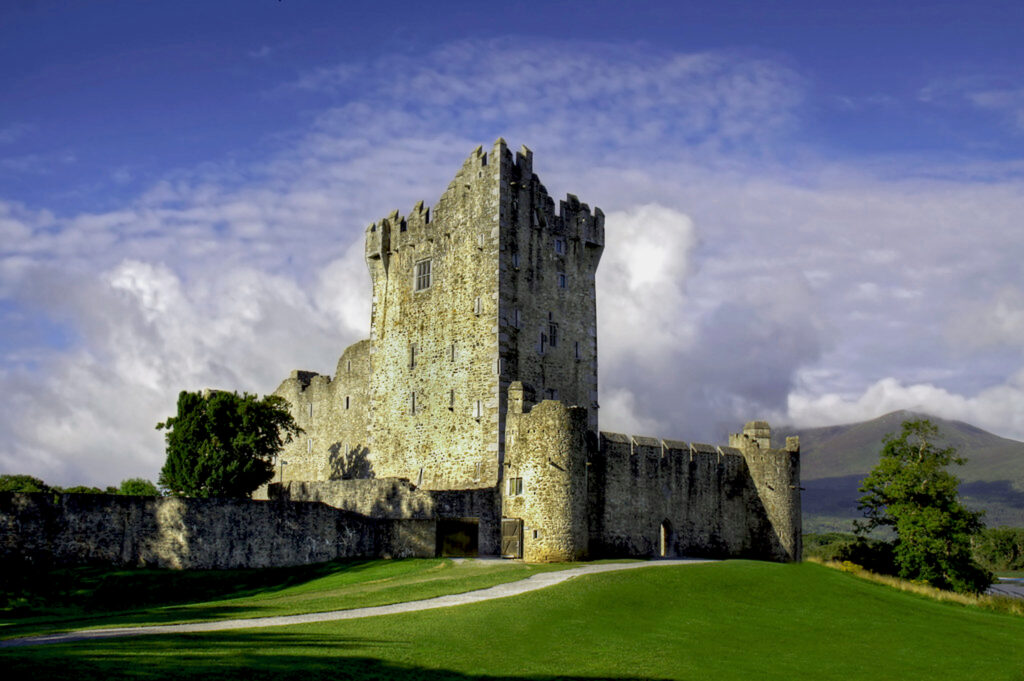Discover Malahide Castle: History, Gardens, and Visitor's Guide
Discover Malahide Castle: History, Gardens, and Visitor's Guide
Some quick need-to-knows about Malahide Castle
Although a visit to Malahide Castle is fairly straightforward, there are a few need-to-knows that’ll make your visit a bit more enjoyable. By keeping these need-to-knows in mind, you’ll be well-prepared to enjoy a memorable visit to Malahide Castle and make the most of your time exploring this historic landmark.
Malahide Castle history
The year 1174 marked a pivotal moment in the history of Ireland with the visit of King Henry II, accompanied by his trusted Norman knight, Sir Richard de Talbot. When King Henry left, Sir Richard stayed behind to build a castle on the lands previously owned by the last Danish King. Following King Henry’s departure, Sir Richard remained in Ireland, inheriting lands that had once belonged to the last Danish King. It’s amazing to think about the centuries of stories and events that have unfolded within its walls and surrounding grounds. This castle, built on the site of an ancient Danish settlement, would later become known as Malahide Castle.
Sir Richard de Talbot’s loyalty to the Crown was rewarded by King Henry II with the gift of lands, and Sir Richard de Talbot’s loyalty to the Crown was rewarded by King Henry II with the gift of lands, which included the Port of Malahide. The granting of the lands, including the Port of Malahide, as a reward for loyalty, underscores the importance of relationships with the crown during that era. Loyalty to the monarch was often rewarded with land grants and titles, which conferred wealth, status, and influence upon the recipient. The Talbot family prospered until the English Civil War brought Cromwell’s men to their door. Under the ownership of the Talbot family, Malahide Castle prospered and became a symbol of their wealth and prestige.
During the English Civil War and the subsequent invasion of Oliver Cromwell’s forces, the Talbot family faced significant hardships, including exile from Malahide Castle. They were sent into exile in the west of Ireland, the only time the Castle was out of Talbot’s hands. They remained there for 11 years until King James II came to power and restored their property. It was a challenging time, marked by uncertainty and upheaval, as they navigated the turbulent political landscape of 17th-century Ireland.
Lady Talbot’s decision to strip the defenses of Malahide Castle upon the family’s return reflects a pragmatic approach to safeguarding their home from future invasions. The Talbot family’s popularity among the locals suggests a strong connection and mutual respect between the estate and the surrounding community. The Talbot family was popular with the locals, and they owned the Castle was it was sold to the Irish Government in 1975. Through their benevolent stewardship of the castle and their active involvement in local affairs, the Talbots endeared themselves to the people of Malahide, earning their admiration and support.
Historic Castle
Malahide Castle’s history traces back to the 12th century when Richard Talbot, following the Norman tradition, constructed the castle on lands granted to him by King Henry II. built a castle on lands gifted by King Henry II. The Castle is unique in that the Talbot family owned it for almost (with one blip) 800 years. What sets Malahide Castle apart is its remarkable continuity of ownership by the Talbot family for nearly 800 years.

Image credit :- Malahide Castle
Gorgeous grounds
The expansive grounds surrounding Malahide Castle truly offer something for everyone, making it an ideal destination for families and visitors of all ages. The vast grounds (including the children’s playground) surrounding Malahide Castle are free to the public so you can sit and admire your surroundings or have a picnic while the children play. For families with children, the playground provides a fun and safe environment for little ones to burn off energy and make new friends while parents relax and take in the scenery. It offers a perfect opportunity for families to enjoy a day out together, whether it’s picnicking, exploring the playground, or simply taking in the beautiful surroundings. With 250 acres, you’re not going to get to see everything, so you’ll have an excuse, if you need one, to come back.
Did you know
Malahide Castle’s enduring presence and significance in Medieval Irish history are a testament to its resilience and importance as a cultural and historical landmark. Its survival through pivotal events such as the Battle of the Boyne and the enactment of the Penal Laws underscore its enduring relevance and resilience. Malahide Castle played a central role in Medieval Irish history and has survived the Battle of the Boyne and the Penal Laws Its survival through these turbulent times also reflects the enduring spirit of the people of Malahide and their commitment to preserving their cultural heritage.
Parking
Whether you prefer to park directly at the castle grounds, in the village car park, or utilize metered street parking, there’s a choice to suit everyone’s preferences and needs. and enjoy the 10-minute walk to the Castle. It’s nice that there are different parking options available for visitors,
Opening hours
Having Malahide Castle and the Walled Garden open year-round is indeed a fantastic opportunity for visitors to experience the beauty and history of the site regardless of the season. The Castle and the Walled Garden are open all year round from 9.30 am, with the last tour at 4.30 pm in summer and 3.30 pm in winter (November – March). It’s great to know that Malahide Castle and the Walled Garden are open year-round, offering visitors the chance to explore regardless of the season. The Butterfly House and the Walled Garden The last entry to the Fairy Trail is half an hour earlier, so 4 pm in summer and 3 pm in winter.
By Author Raihan From NR EMEARALD DIARY
Published: April 19, 2024 – Last updated: June 24, 2024

Explore Birr Castle: History, Gardens, and Visitor's Guide
Birr Castle holds a remarkable place in the history of astronomy as the home of the “Leviathan,” once the world’s largest telescope. After all, this is the home of the “Leviathan” – once the world’s largest telescope. The vision and ingenuity of the third Earl of Rosse in designing such a groundbreaking structure is truly impressive.

Ross Castle Travel Guide: History, Attractions, and Sightseeing Tips
Ross Castle perches in an inlet of Lough Leane. The Irish chieftain O’Donoghue Mór likely built it in the fifteenth century. The castle served not only as a stronghold for its inhabitants but also as a symbol of power and authority in the region.

Explore Birr Castle: History, Gardens, and Visitor's Guide
Birr Castle holds a remarkable place in the history of astronomy as the home of the “Leviathan,” once the world’s largest telescope. After all, this is the home of the “Leviathan” – once the world’s largest telescope. The vision and ingenuity of the third Earl of Rosse in designing such a groundbreaking structure is truly impressive.

Ross Castle Travel Guide: History, Attractions, and Sightseeing Tips
Ross Castle perches in an inlet of Lough Leane. The Irish chieftain O’Donoghue Mór likely built it in the fifteenth century. The castle served not only as a stronghold for its inhabitants but also as a symbol of power and authority in the region.

